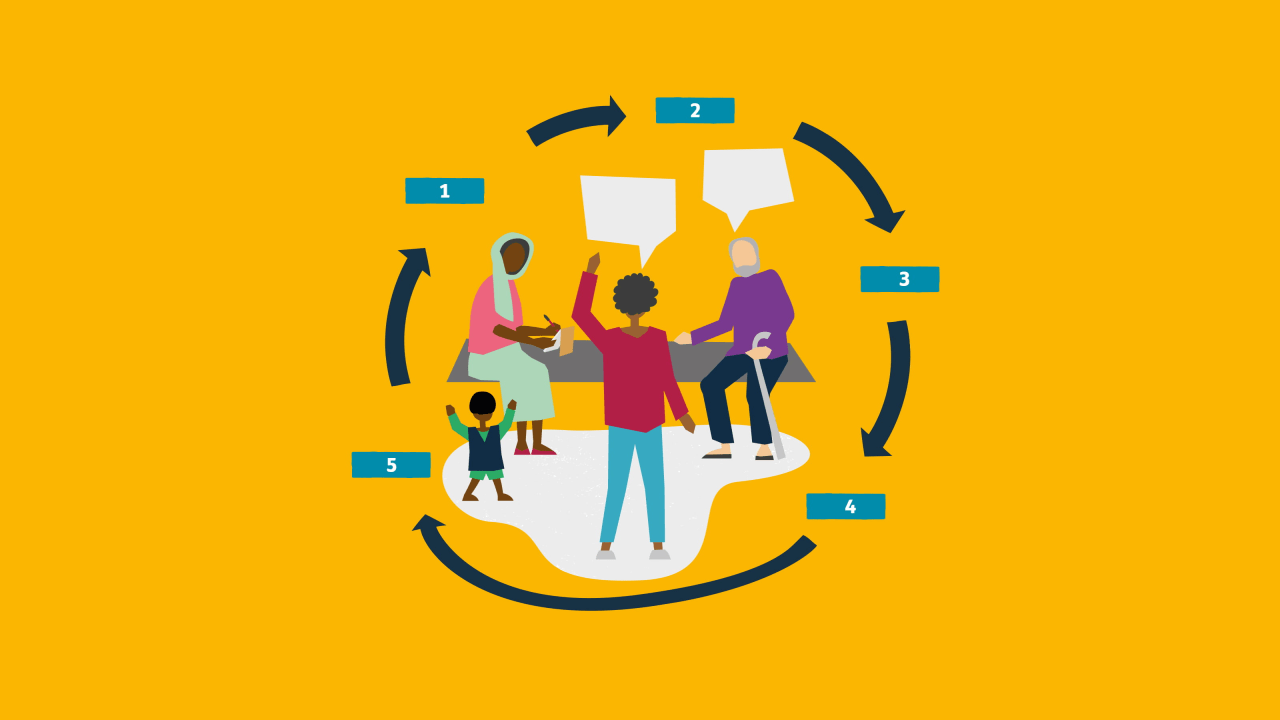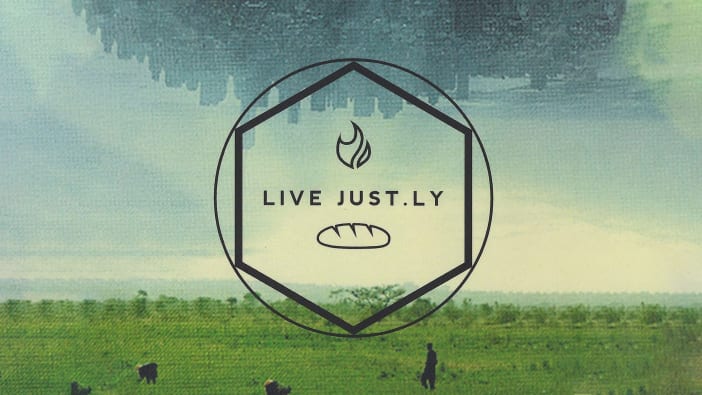If advocacy is to be successful, it needs to be planned well. The basic procedure is the same for all types of advocacy and it can be helpful to picture this as a five-step cycle.
Sometimes the steps will be followed in order; other times they will run in parallel. It is important to remain flexible and be willing to adapt to changing circumstances.
-
Step 1: Know what you want to change
Think about the root causes of the unjust or difficult situation. Why do you and others want to try to change things? Is it possible to change the situation through advocacy? Do not try to change too many things at once – choose one main issue to focus on.
-
Step 2: Gather information
Find out as much as possible about the issue by gathering and analysing evidence about it. This may involve making visits, talking with people and carrying out research to find details of:
- the issue and the problems it is causing
- possible solutions that could be proposed
- decision-makers who could help change the situation, such as local government officials
- opportunities for influencing decision-makers such as public meetings, newsletters or conversations with personal contacts
- potential supporters and champions
- people who might be against the changes you are proposing
- risks and advantages of taking action, or of not taking action.
-
Step 3: Develop an action plan
This should include:
- the main problem
- the objectives of your advocacy work
- the methods and activities that you are planning to use
- your advocacy messages, making sure they are right for the audience
- who is involved, and what their responsibilities are
- the time schedule
- details of how you will measure the results.
-
Step 4: Take action
The best action to take will vary greatly, depending on the culture and the social and political context. It may include lobbying, campaigning and media messages. Showing a willingness to be part of the solution can also help.
-
Step 5: Monitor and evaluate your progress
Throughout each stage, regularly monitor, review and evaluate your progress, making changes to your plans if necessary.
It may be helpful to make a list of things that have been successful, and the things that have not gone well. For example:
Successes
- clear responsibilities
- realistic objectives
- opportunities to talk to local government officials
Failures
- not enough supporters
- unsympathetic reporting in the media
- not enough information
If further action is needed, consider repeating the cycle and working out a new strategy.









